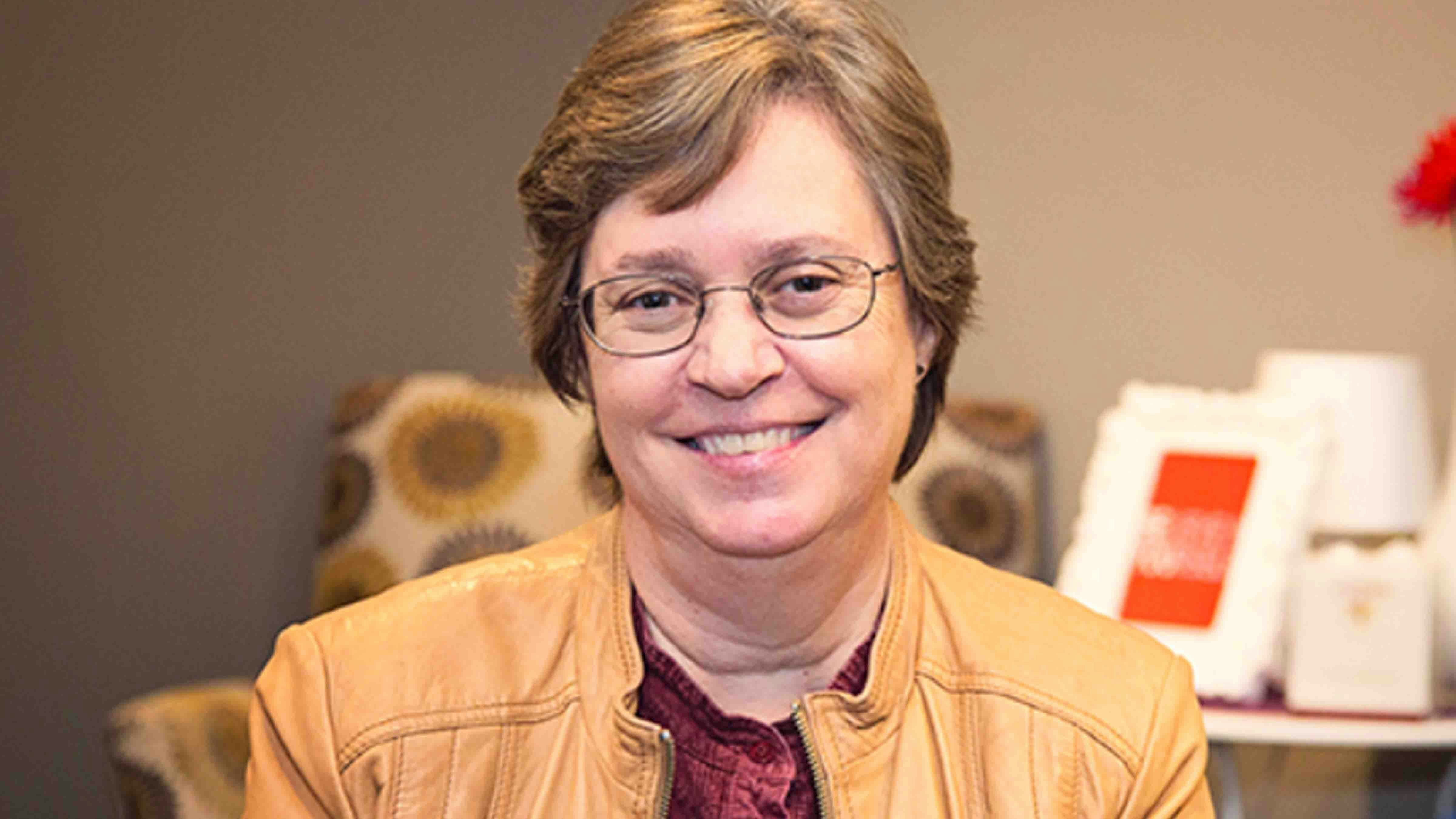Except for my computer and my camera (and of course the electricity to charge them), I could be comfortable living in an earlier period – say about a hundred years before I was actually born. In my half a century of writing about Wyoming, I’ve had plenty of opportunity to experience a taste of that time.
First with Jason Goodman, a teenager from northern Wyoming, and later with Morris Carter and his four teenage daughters, and then with Ben Kern, I have ridden more miles in a wagon as a working journalist than any other in my generation. When I add up the miles, I might even have more wagon road time than Mark Twain who is best known for his classic book, “Roughing It.”
On my first wagon adventures as part of the Wyoming Centennial Wagon Train, and subsequent journeys on the Oregon, Mormon, and California trails for their sesquicentennials, I slept in a tent – rain or shine, wind, cold, or stifling heat.
I’ve also slept in the two-room log cabin that was my grandmother’s homestead house. I have quite unsuccessfully tried to bake a pie in a wood stove in that cabin, but rather marvelously have celebrated the Fourth of July and New Year’s Eve with four generations of my family in those old hand-hewn walls.
The cabin originally stood on the ranch where I was reared, outside of Encampment. Nearly 20 years ago, we moved it to our property just up the road. By then the cabin was in rough shape and it took a lot of time, dedication, and just plain hard work to restore it. Full disclosure here, my husband Steve did most of the work; my sister, brother-in-law, a handful of other relatives, and I helped.
When my grandmother arrived in Wyoming in March of 1903 and moved into that two-room cabin her first husband had built, she must have believed her life in the American West would be better than what she would have found in her homeland.
Certainly, they had more land on his homestead than they could have imagined in Bruges and the surrounding countryside of northern Belgium, where she had been born and lived. Peter Verplancke, her first husband, had been the first of the Belgian immigrants to claim land along Antelope Creek, in southern Wyoming. He was on the Wyoming land by 1893. Other homesteaders already lived in the area.
Peter grubbed sagebrush so he could begin raising hay and grain. With neighbors he hand-dug irrigation ditches and built reservoirs to store water. In 1903, when Emma came with him to the homestead southeast of the then booming town of Grand Encampment, she was twenty-one years old. She had skills honed in her native land that would serve her well: she knew how to raise a garden and turn cabbage into kraut. She could make Belgian bobbin lace, or render a hog. She could kill and dress chickens, or make a dress for her daughters.
Even though her life on the homestead began forty years after the first homestead was claimed in America, she faced some of the same issues as earlier settlers: isolation, hard work, and in her case, difficulty understanding the language of her new home.
For my grandmother, the American Homestead Act provided opportunity just as it did for 1.6 million other people who claimed more than 270 million acres in the West.
Her life was not easy. She had five young children when she lost her first husband, Peter, in an accident with a wagon and team. But quite fortunately for me, she married my grandfather and then they had seven more children. The youngest was my dad.
My sister, brother, and I grew up on the homestead, living next door to our grandparents and one aunt and uncle with their two daughters.
Sundays, however, the ranch was the gathering place as dozens of aunts, uncles, and cousins converged. There was always food, music, and what I liked best: storytelling.
My only regret about those great and wonderful times is that I didn’t start writing earlier.
These days writing is both my work and my hobby. I tried retiring a couple of times and it didn’t take. So here I am, off on a new trail and a new adventure. I hope you’ll join me as we explore Wyoming and the American West.
Candy Moulton can be reached at: Candy.I.Moulton@gmail.com





